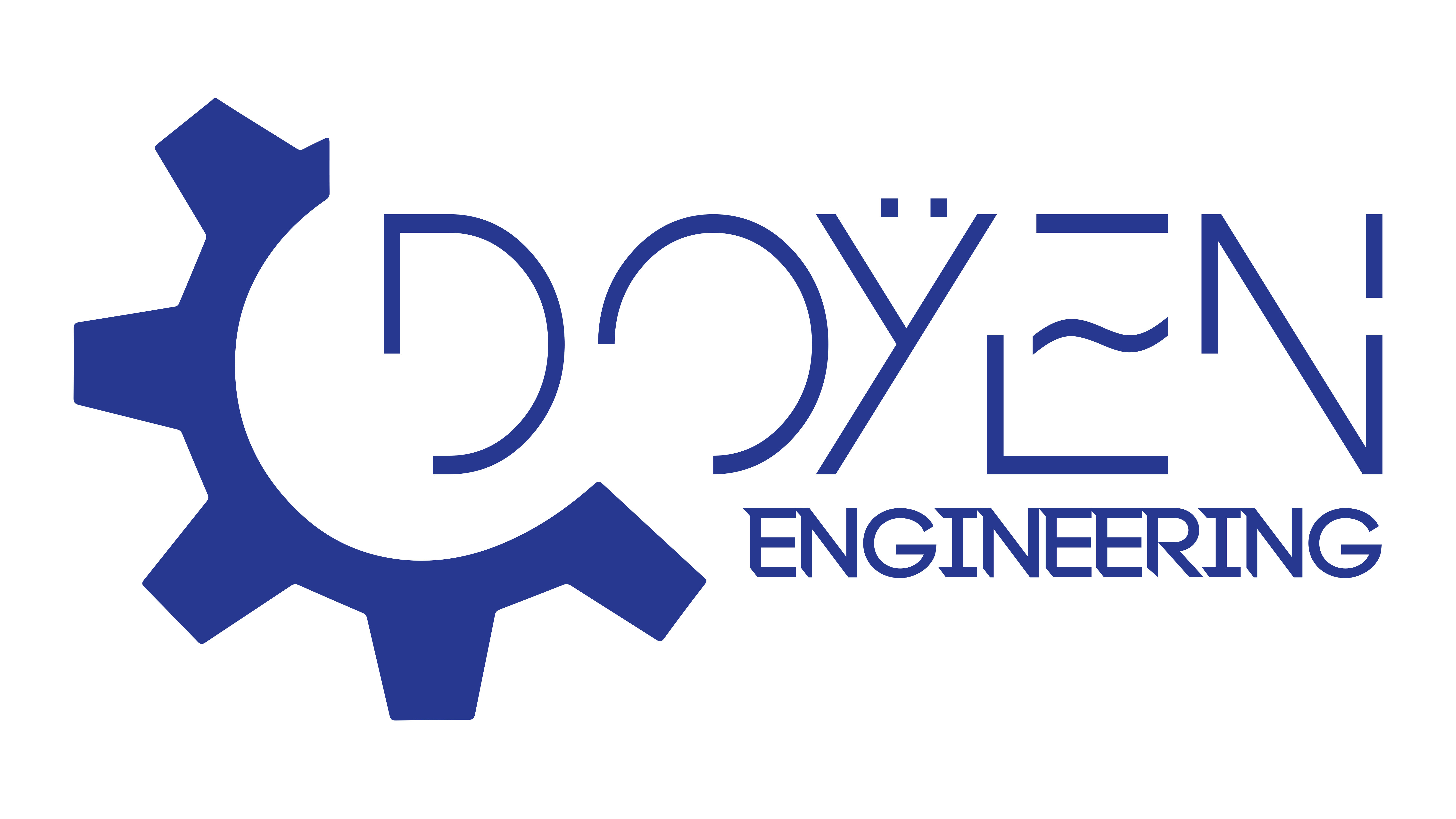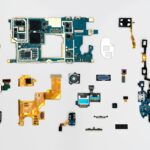
Introduction
Overview of the Electrical Engineering Space
In today's fast-paced technological landscape, electrical engineering stands at the forefront of innovation. This discipline not only encompasses a wide array of fields—from electronics to telecommunications—but also plays a crucial role in shaping modern infrastructure. Key Areas in Electrical Engineering:
- Power Systems
- Control Systems
- Signal Processing
- Telecommunications
Aspiring electrical engineers often find themselves in a dynamic environment where creativity and problem-solving skills are essential.
Importance of Innovation in Startups
Innovation remains the lifeblood of any startup in the electrical engineering space. For example, a small startup can develop a cutting-edge IoT device that revolutionizes energy management. Consider these pivotal aspects:
- Competitive Edge: Innovative solutions can set startups apart in a crowded market.
- Adaptability: Startups are nimble, allowing them to pivot quickly to meet new demands.
- Disruptive Potential: New technologies can change how industries operate, creating unexpected opportunities.
Ultimately, fostering a culture of innovation is critical for sustained growth and impact.

Disruptive Technologies
Internet of Things (IoT) Integration
The Internet of Things (IoT) is transforming the electrical engineering landscape by creating interconnected networks that enhance efficiency and data collection. Imagine a smart home where appliances communicate seamlessly with each other, optimizing energy use based on real-time data. This not only provides convenience but also significantly reduces energy costs.
- Smart Sensors: Monitor energy consumption and adjust automatically.
- Data Analytics: Analyzing usage patterns for better energy management.
- Remote Control: Users can manage devices from anywhere via smartphones.
By integrating IoT, electrical engineers are driving a paradigm shift in how we interact with technology.
Automation and Robotics
Automation and robotics are revolutionizing industries from manufacturing to energy management, showcasing the power of engineering innovation. Consider this example: a manufacturing robot can work tirelessly on an assembly line, significantly reducing labor costs and increasing production efficiency. Key benefits of automation include:
- Increased Precision: Robots deliver consistent quality with minimal errors.
- Safety: Robots undertake hazardous tasks, ensuring worker safety.
- Cost Efficiency: Automation leads to reduced operational costs over time.
These disruptive technologies not only streamline processes but also open new avenues for growth in the electrical engineering sector.

Renewable Energy Solutions
Solar Power Innovations
Solar power continues to be a leader in renewable energy solutions, showcasing remarkable innovations that enhance efficiency and accessibility. For instance, consider the evolution from bulky solar panels to sleek, flexible solar cells that can be integrated into building materials. Some exciting advancements include:
- Bifacial Solar Panels: These panels capture sunlight from both sides, increasing energy output.
- Smart Inverters: Enable real-time monitoring and optimize energy conversion.
- Solar Storage Solutions: Allow for storing excess energy for use during non-sunny periods.
These innovations are making solar energy more practical and appealing for residential and commercial use alike.
Wind Energy Developments
Similarly, wind energy is witnessing groundbreaking developments that enhance its viability as a primary energy source. Imagine towering wind turbines equipped with advanced sensors that adjust to wind conditions for maximum efficiency. Key advancements in wind energy technology include:
- Offshore Wind Farms: Positioned in deeper waters, these capture stronger winds and produce more energy.
- Enhanced Turbine Designs: Larger blades and optimized shapes improve energy generation capacity.
- Energy Storage Integration: Facilitates energy use even during calm periods.
Together with solar innovations, these renewable energy solutions are paving the way for a more sustainable, eco-friendly future.

Smart Grid Technologies
Energy Management Systems
As we advance further into renewable energy, the implementation of smart grid technologies becomes essential. Energy Management Systems (EMS) are at the heart of this evolution, allowing utilities and consumers to monitor and optimize energy use effectively. Consider a household equipped with an EMS that analyzes usage patterns and suggests ways to conserve energy. Some key features include:
- Real-Time Data Monitoring: Provides insights into energy consumption trends.
- Automated Controls: Adjusts power usage based on load demands and renewable energy availability.
- Demand Response Programs: Incentivizes users to reduce consumption during peak periods, benefiting both the consumer and the grid.
With these systems, both households and industries can enhance energy efficiency and reduce costs.
Grid Modernization Solutions
Transitioning to modernized grids is crucial for integrating renewable energy sources and increasing reliability. Modernization encompasses various technologies that enhance the grid's resilience and efficiency.For instance, advanced sensors embedded in the grid can detect outages or irregularities, enabling quicker responses. Key aspects of grid modernization include:
- Smart Meters: Allow for two-way communication between utilities and consumers, promoting transparency.
- Distributed Energy Resources (DER): Facilitate the efficient integration of local energy generation, such as rooftop solar.
- Cybersecurity Enhancements: Protect the grid from potential cyber threats, ensuring stable operation.
These innovations not only improve grid reliability but also support a sustainable energy future.

Advanced Electronics and Components
Nanotechnology Applications
In the realm of advanced electronics, nanotechnology is making waves by enabling unprecedented enhancements in device performance and functionality. Imagine tiny components designed at the nanoscale that can revolutionize everything from batteries to medical devices.Key applications of nanotechnology include:
- Nano-coatings: Used for creating surfaces that are resistant to wear and corrosion.
- Nanosensors: Highly sensitive sensors for detecting chemicals, pollutants, or biological agents.
- Nanoelectronics: Transistors and components that are smaller and faster, leading to more powerful devices.
These innovations are not just theoretical; they have tangible impacts on industries like healthcare and energy.
Semiconductor Innovations
Another pillar driving advancements in electronics is the evolution of semiconductors. Recent innovations, such as silicon carbide (SiC) and gallium nitride (GaN), are redefining efficiency and power handling in electronic devices. Benefits of these innovations include:
- Higher Efficiency: Reduced energy loss in power electronics.
- Better Thermal Management: Ability to operate at higher temperatures, increasing reliability.
- Smaller Footprints: Reduced size allows for more compact designs in consumer electronics.
These breakthroughs are essential for supporting the growing demand for energy-efficient technologies.
Innovative Startups in the Electrical Engineering Space
Amid these advancements, innovative startups are playing a crucial role in the electrical engineering space, pushing boundaries with fresh ideas and applications. For example, one startup focused on developing smart energy storage solutions utilizing advanced battery technology, promising longer lifespans and faster charging times. Noteworthy aspects of these startups:
- Disruptive Solutions: Many startups focus on niches overlooked by larger companies.
- Agility: Smaller teams can rapidly adapt to changes in technology and market demands.
- Environmental Focus: A commitment to sustainability is often at the core of many new ventures.
Together, these elements illustrate a vibrant ecosystem of innovation that is shaping the future of electrical engineering.





